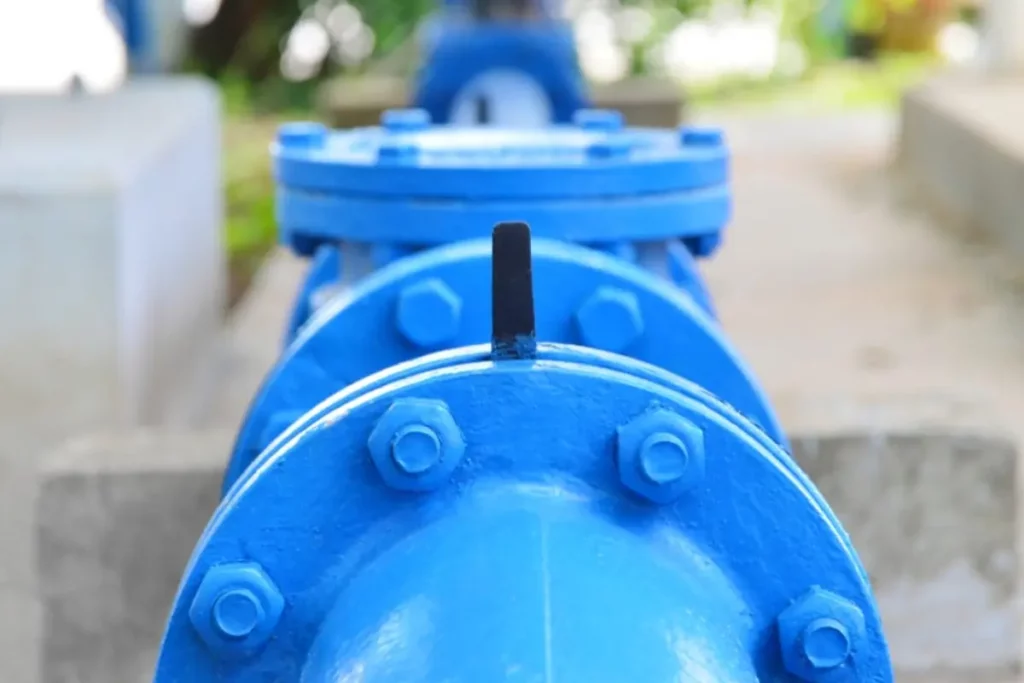Best Practices for Fluid Systems: Where to Install Air Release Valves
Air release valves play a crucial role in fluid systems’ optimal performance. These valves are specifically designed to discharge trapped air or gases from pipelines, tanks, and other fluid-handling components automatically. By preventing the accumulation of air, they help maintain consistent flow rates, reduce the risk of pressure surges (water hammer), and prolong the life of the system components.
Air can enter a fluid system through various means, including pipe joints, pump action, dissolved gases in the liquid, and during maintenance activities. Once inside, air typically migrates to high points or flow interruption zones, where it accumulates and forms air pockets. These pockets reduce the effective cross-section of the pipe, leading to decreased flow efficiency and increased energy consumption. Proper placement of air release valves is essential to eliminate these issues.
Key Locations for Installing Air Release Valves
1. At Bends, Elbows, and Directional Changes
Air tends to accumulate at directional changes in pipelines, particularly where the flow path turns upward. Due to its lower density compared to liquid, air collects at these points unless vented. Installing air release valves near bends or elbows ensures the quick evacuation of trapped air. If space or design constraints prevent direct installation, consider adding a vertical tee fitting to guide the air to the release valve positioned at the top.
2. Downstream of Pumps
Pumps are common entry points for air due to their mechanical operation and pressure variations. Air introduced at this stage can cause surges, reduced pump efficiency, and increased wear on system components. Installing air release valves downstream from pumps enables the removal of entrained air before it enters sensitive equipment like check valves. After pump shutdowns, air often accumulates in the pump casing; restarting the pump can force a large volume of air into the line. In such cases, air/vacuum valves are recommended, as they can handle the rapid release of large air volumes.
3. At High Points, Long Runs, and Pipe Slope Changes
High points in a piping network are natural collection zones for air, given its buoyant nature. Installing air release valves at these locations ensures that rising air can escape the system instead of forming obstructions. Likewise, changes in pipe slope can trap air as fluid velocity and pressure fluctuate. Long horizontal runs are also vulnerable because small air pockets can persist for extended periods without a release point. Strategically placed air release valves along the run help maintain system efficiency by eliminating persistent air buildup.
4. Near Isolation and Control Valves
Valves are potential air entry points, especially during maintenance or operation cycles. Air can enter through valve seals, or be drawn in during line draining or depressurisation. Installing air release valves adjacent to or just downstream of mainline, isolation, or control valves helps expel this unwanted air before it affects downstream components.
5. At System Start-up and Draining Points
Large volumes of air may enter the pipeline during system start-up or after maintenance. Dedicated air release or air/vacuum valves at system filling and draining points facilitate rapid air evacuation, reducing start-up time and minimising the risk of water hammer caused by sudden air compression.
Summary
Efficient air management is essential for maintaining the performance and longevity of any fluid system. Proper placement of air release valves—at bends, pump outlets, high points, long runs, slope transitions, and near other valves—ensures smooth operation, minimises energy loss, and protects against system failures. In addition to these common locations, always consider system-specific conditions and potential entry points for air during design or retrofitting.
At John Valves, we specialise in helping facilities implement reliable air release strategies using custom-engineered valve solutions tailored to each application. If you need assistance selecting the right air release valve for your system, don’t hesitate to contact our expert team—we’re here to help ensure your system runs efficiently and trouble-free.

